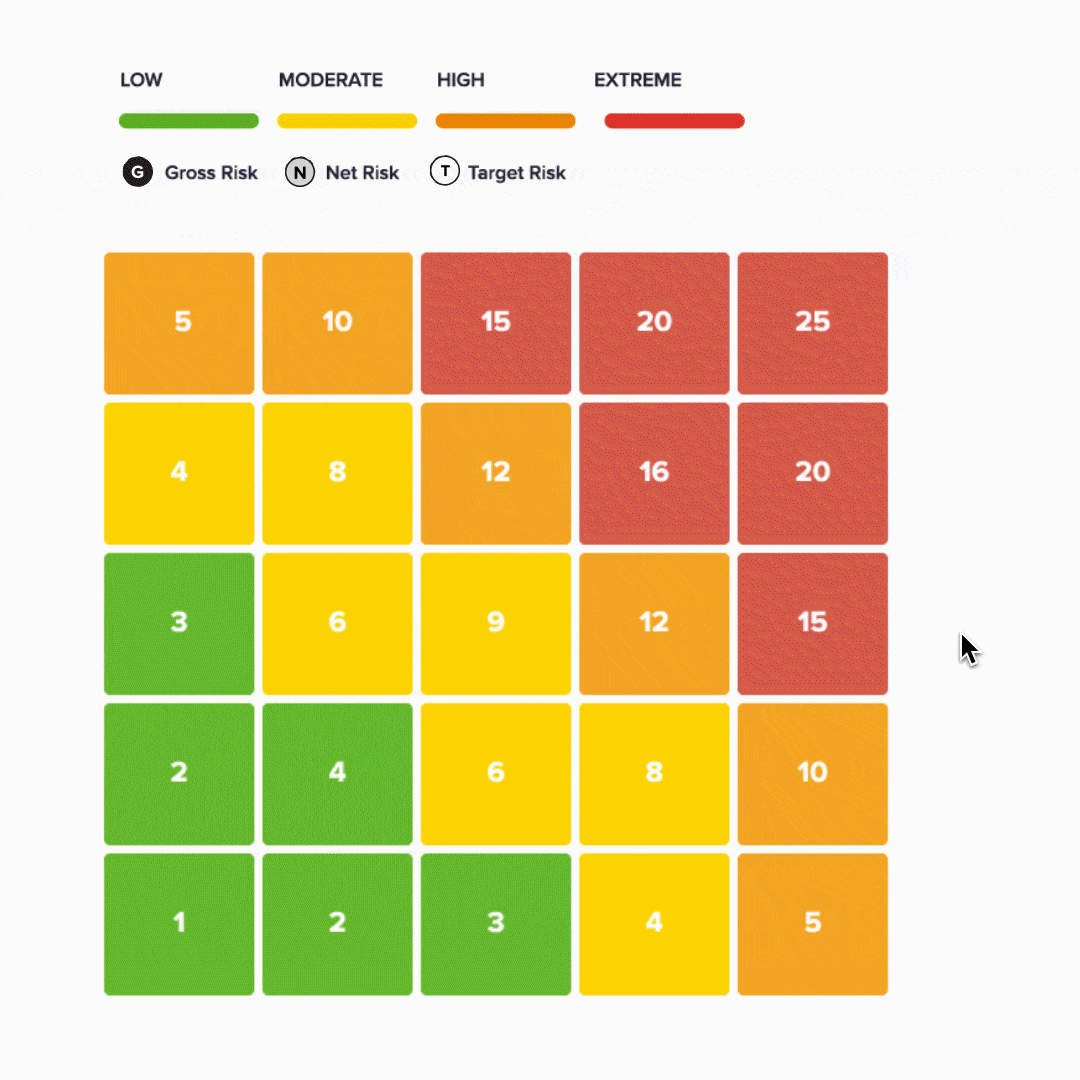How effective business leaders prioritise risk

If you’ve ever thought about how to prioritise risk, then read on.
Let’s first start by asking ourselves the question “How do effective business leaders prioritise risk?”. Their schedule is full of meetings. Their email and voicemail inboxes are usually pretty full, too. On top of that, they’re constantly faced with unexpected questions, actions, decisions and issues to deal with.
Sounds familiar, right? Everything seems to need your input or can not be delegated. Without wanting to sound arrogant, you just wish you had more of your own resources, or at least a “mini-me”.
Business as usual
For many of us, this is just business as usual. But the real problem, is that it feels like there’s not even enough time to do the day job. To deliver on the plans we’ve agreed, or to take a step back and think about our business and strategy. We call this firefighting, or being reactive. And it’s a common problem that can turn even the strongest leaders into ineffective, or even poor performers.
Does this sound familiar? Would you rather be on the front foot of your business? Then read on, because we think we might be able to help. No, we are not executive coaches, psychologists, strategy or performance consultants… the kicker is that we are risk managers!
Hearts and minds
In our first blog in this ‘Redefining Risk’ series ‘Why risk management is important for your business’, we discussed the importance of risk management. This identified that many business leaders often manage risks intuitively. Sadly, the risk profession struggles to make standards, frameworks and processes reach the hearts and minds of business leaders. The same applies for positively influencing attitudes and risk culture in operations, departments and teams.
When used in a simpler and more practical way, we see strong evidence that the power of risk management can quickly appeal to business leaders and broader stakeholders. Most people aren’t risk management experts, so they seek to communicate the topic in an easier way. Utilising techniques that make sense to everyone has a quick, and profound impact for leaders, teams and businesses alike.
Prioritisation
Business leaders that want to be proactive, successful and confident in delivering their goals must be able to prioritise.
This perhaps sounds rather obvious, as we are constantly prioritising our time, including balancing responsibilities at home and work. If asked, our partners or spouses might suggest we don’t do a great job of this and this could this point to our approach being somewhat intuitive. However, how do you prioritise between:
- a customer complaint from a key account with a potential data breach,
- an obscure demand from an investor or board member,
- a legal notice from a regulator, and;
- a high risk finding from an audit report?
As a business leader, this is possibly just the tip of your iceberg. There may be dozens, if not hundreds of other things, currently pulling on your time, energy and resources.
Of all the management techniques, tools and processes, few, if any, seek to identify, evaluate and prioritise absolutely everything that can stop you succeeding. Other of course, than risk management.
Risk assessment
Risk assessment is the simple and objective way to quickly compare and prioritise risks, problems, and other issues that could stand in the way of your success.
 Using a simple heat map matrix, you and your teams can think about the impact if the problem were to occur and the likelihood this will happen. To ensure consistent thinking, the risk assessment process also introduces concepts such as impact and likelihood definitions and ‘Inherent risk’ – that is to say, the gross risk which is the natural and unmitigated position from both a likelihood and impact perspective.
Using a simple heat map matrix, you and your teams can think about the impact if the problem were to occur and the likelihood this will happen. To ensure consistent thinking, the risk assessment process also introduces concepts such as impact and likelihood definitions and ‘Inherent risk’ – that is to say, the gross risk which is the natural and unmitigated position from both a likelihood and impact perspective.
‘Residual risk’ refers to the net position after taking into account the existence of an existing (and functioning) control environment.
The third perspective is ‘target risk’. This is used to develop action plans in the event that the net position is not as it should be. This simple and quick assessment method can help everyone objectively prioritise to see where things fit into the grand scheme of things.
Now imagine that all your risks and problems are prioritised in this consistent way, so that everyone can focus on the right things at the right level. It’s certainly not an exact science. But this simple step is hugely important when it comes to making your risk process more actionable and results-oriented.
About the author
Danny Wong is the Founder and CEO of GOAT Risk Solutions. He is a thought leader in risk maturity, having engaged with hundreds of leaders and professionals in extensive market research. He has first-hand experience of supporting major corporates in a +20 year career specialising in Enterprise Risk Management. Danny saw a market opportunity for a simple, low-cost risk software solution to help organisations improve risk management capability, and launched GOAT in 2018.
Find out more about GOAT Risk™Scale risk with confidence